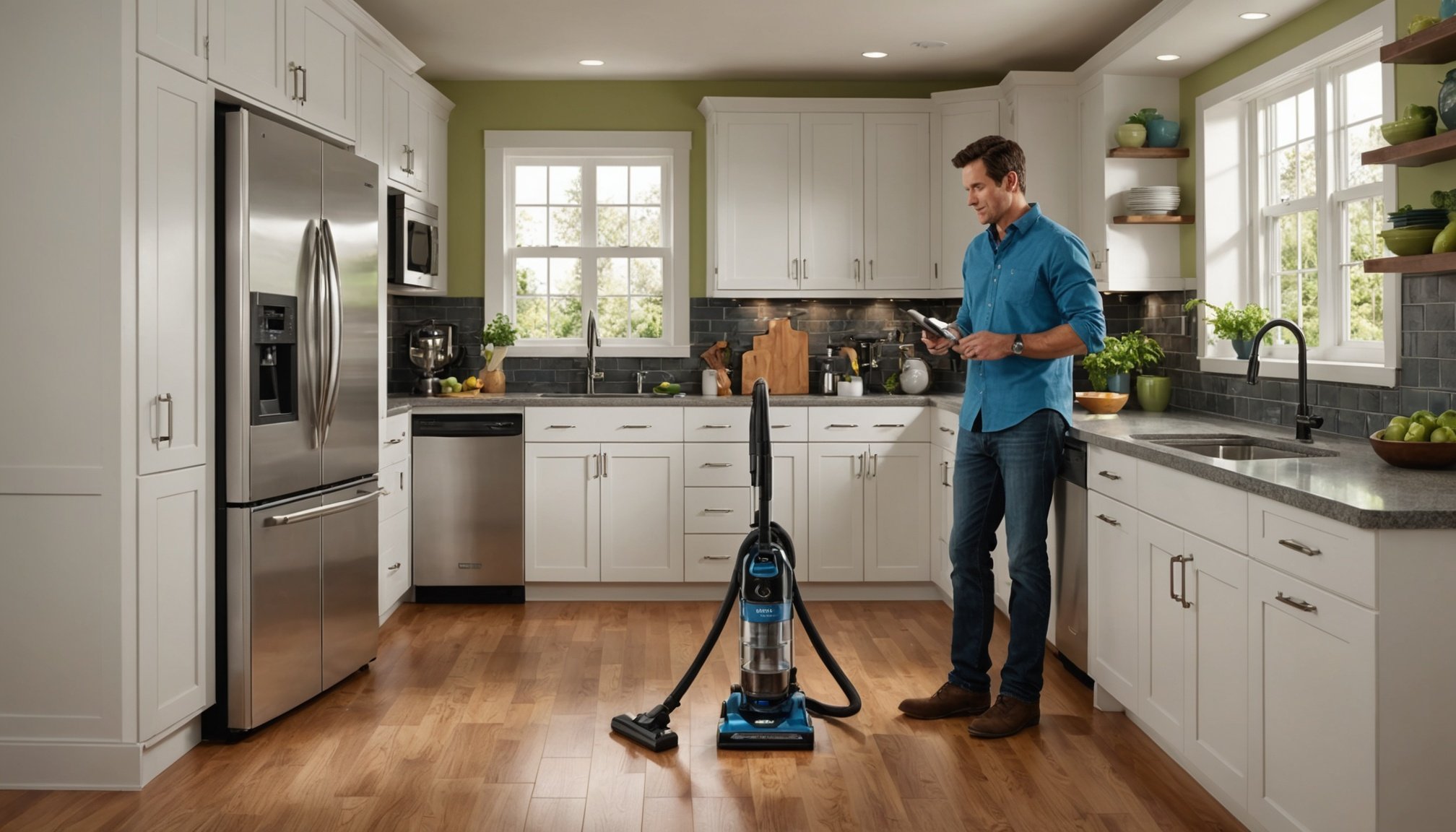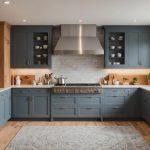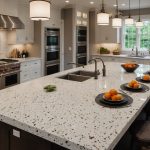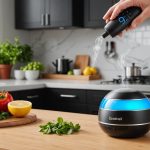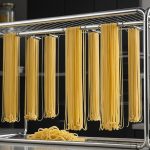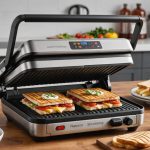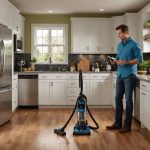Understanding Allergens in the Kitchen
In the hustle and bustle of everyday cooking, it’s easy for allergens in the kitchen to go unnoticed. Common culprits include food particles, dust, and mould, which can significantly affect kitchen air quality. With the presence of ingredients such as nuts, dairy, and shellfish, cross-contamination is a frequent concern. Pet dander and dust mites can also find their way into kitchen spaces, further exacerbating allergen issues.
Maintaining good air quality is crucial in allergen reduction. Poor air circulation can lead to a build-up of allergens, aggravating conditions for those with sensitivities. Ensuring proper ventilation through fans or air purifiers can significantly improve the situation. Regular cleaning of surfaces and appliances further reduces the risk of allergen accumulation.
To effectively manage these allergens, it’s essential to establish a routine for identifying potential sources. Label storage areas to avoid confusion, and keep allergen-free zones separate from the rest of the kitchen. Consider replacing upholstery that may trap dust and upgrade to allergen-reducing electronics where possible. By implementing these effective strategies, you can create a safer and more comfortable kitchen environment for everyone.
Benefits of a Centralized Vacuum System
A centralized vacuum system revolutionises home cleanliness by streamlining how you tackle dust and allergens. These systems operate by connecting wall inlets throughout your home to a single, powerful vacuum unit located away from living spaces. This design ensures that dust and pollutants are effectively removed from immediate areas, promoting a cleaner environment.
In the same genre : Unlock mindful eating: how a portion control mat on your table can curb overeating
One of the standout advantages is allergen removal. Centralized vacuum systems are equipped with superior filtration capabilities that entrap microscopic particles. Traditional vacuums, in contrast, often recirculate dust back into the room, which can aggravate allergies and respiratory conditions.
The power and efficiency of a centralized unit also mean less frequent use and maintenance compared to its traditional counterpart. Users appreciate the convenience of simply plugging in a lightweight hose wherever needed, reducing the physical strain and time commitment associated with traditional vacuuming.
Furthermore, these systems enhance air quality, providing a significant perk for households with pets or those sensitive to airborne particles. In making an informed choice, consider that although installation might be costlier, the long-term benefits of improved home cleanliness and allergen control can be invaluable. Thus, a centralized vacuum system stands out as a worthwhile investment for modern home maintenance.
Designing an Allergen-Free Kitchen
Creating an allergen-free kitchen design requires careful planning and consideration. One fundamental element is the strategic selection of non-toxic materials. Opt for materials like quartz or stainless steel for countertops, as they reduce the risk of allergen build-up. These surfaces are easy to clean, ensuring allergens don’t linger. Avoid porous materials that can harbor dust and mites, such as traditional wooden surfaces.
Kitchen layout plays a crucial role in maintaining cleanliness. An open kitchen layout with minimal cabinets encourages air circulation, helping to disperse allergens. Ensure that appliances are appropriately spaced to allow for thorough cleaning, particularly in areas where food particles can accumulate.
For finishes, choose non-toxic paint and sealants to avoid off-gassing, which can trigger allergic reactions. Consider natural flooring options like bamboo or cork that are both sustainable and hypoallergenic.
Incorporating these elements not only reduces allergen presence but also creates a healthy cooking environment. Remember, the key to an effective allergen-free kitchen is in thoughtfully selecting materials and designing a layout that promotes easy maintenance and minimizes allergen accumulation.
Cleaning Techniques for Allergen Reduction
Keeping a kitchen free of allergens requires effective cleaning techniques and proper kitchen hygiene. Allergen removal should be seen as a routine task, using the right methods to create a safe environment. Regular cleaning plays a significant role in minimizing allergens, with meticulous attention to specific areas.
Best Cleaning Practices
- Utilize a microfiber cloth for dusting, as it efficiently captures allergens without spreading them.
- Apply a HEPA-filter vacuum to reduce airborne particles, ensuring complete allergen removal from your kitchen space.
- Thoroughly clean kitchen surfaces, including countertops, with soapy water followed by disinfectant to eliminate residues that might harbour potential irritants.
Recommended Cleaning Products
There are specialized cleaning products designed to combat allergens effectively; choose those labelled hypoallergenic or free from harsh chemicals. Products containing essential oils such as tea tree or eucalyptus can offer natural alternatives without compromising effectiveness.
Frequency and Schedule
Establishing a consistent cleaning schedule is vital for maintaining kitchen hygiene. Dust and vacuum weekly, while disinfecting counters and surfaces should be performed daily. Prioritising these cleaning techniques ensures a healthy, allergen-free cooking space for you and your family.
Regular Maintenance Tips
Keeping your vacuum system upkeep on track is essential for its longevity and performance. Regular filter checks and timely dustbin emptying prevent blockages and ensure optimal suction. Inspect hoses and connections monthly to address any wear promptly.
In the kitchen, maintenance requires a keen eye. Regularly check that kitchen appliances function correctly. Fridges may need dusting off the coils, while ovens benefit from cleaning to enhance efficiency. Storage areas should be neat, preventing pests and clutter.
Allergen monitoring plays a critical role in your home’s health. Employ air purifiers and regularly change filters. Vacuum consistently using a system equipped with a HEPA filter to trap allergens deeply embedded in carpets and furniture. Keep windows closed during high pollen seasons to minimize allergen entry.
Enacting these routine tasks is more than upkeep—it contributes to a cleaner, healthier environment. By integrating maintenance into your schedule, you prevent larger issues and sustain both your vacuum system and your overall living space. Remember, consistent attention now shields against future headaches.
Product Recommendations for Allergen Control
When managing allergens at home, choosing the right allergen control products is essential. In the realm of vacuum accessories, HEPA filters are paramount. They capture over 99.97% of particles, ensuring pollen, dust mites, and pet dander aren’t recirculated into your environment. Consider models with bagged systems as well, since they can effectively contain allergens without releasing them during disposal.
In the kitchen, certain tools can significantly aid in controlling allergens. High-efficiency kitchen tools, like air purifiers, play a critical role by reducing airborne particles and odours. Models equipped with activated carbon filters can remove smoke and volatile organic compounds (VOCs) for cleaner air. Also, the use of microwaves with proper venting hoods can help dissipate food allergens rapidly.
To maintain a cleaner kitchen environment, microfibre cloths are recommended for their ability to trap dust and spores, unlike ordinary cotton towels. Additionally, using allergen-proof storage containers can prevent cross-contamination of food items. Investing in these proven products not only enhances allergen control but also contributes to a healthier home atmosphere. Understanding these tools availability optimizes your approach in minimizing daily allergen exposure.
Visual Aids and Resources
When creating an efficient kitchen, visual guides and kitchen design resources are invaluable. Diagrams and infographics simplify complicated design concepts, offering clear and direct ways to manage your kitchen space. These visual aids break down ideas into easily digestible formats, paving the way for better understanding and implementation.
In terms of maintaining an allergen-free kitchen, tapping into online resources is crucial. Allergen management tools available on the web offer actionable strategies to reduce allergens effectively. They provide a structured plan, including checklists of potential allergen sources and how to mitigate them. These resources are designed to be user-friendly, ensuring the information is accessible to everyone, regardless of their expertise level.
Moreover, engaging with community support networks offers practical advice, both online and offline. These communities can share personal experiences and tips for achieving an allergen-free kitchen. They act as a supportive space for exchanging ideas, troubleshooting issues, and celebrating successes in maintaining a healthy kitchen environment. Embracing these resources empowers individuals to make informed decisions, adding both functionality and safety to their cooking spaces.

